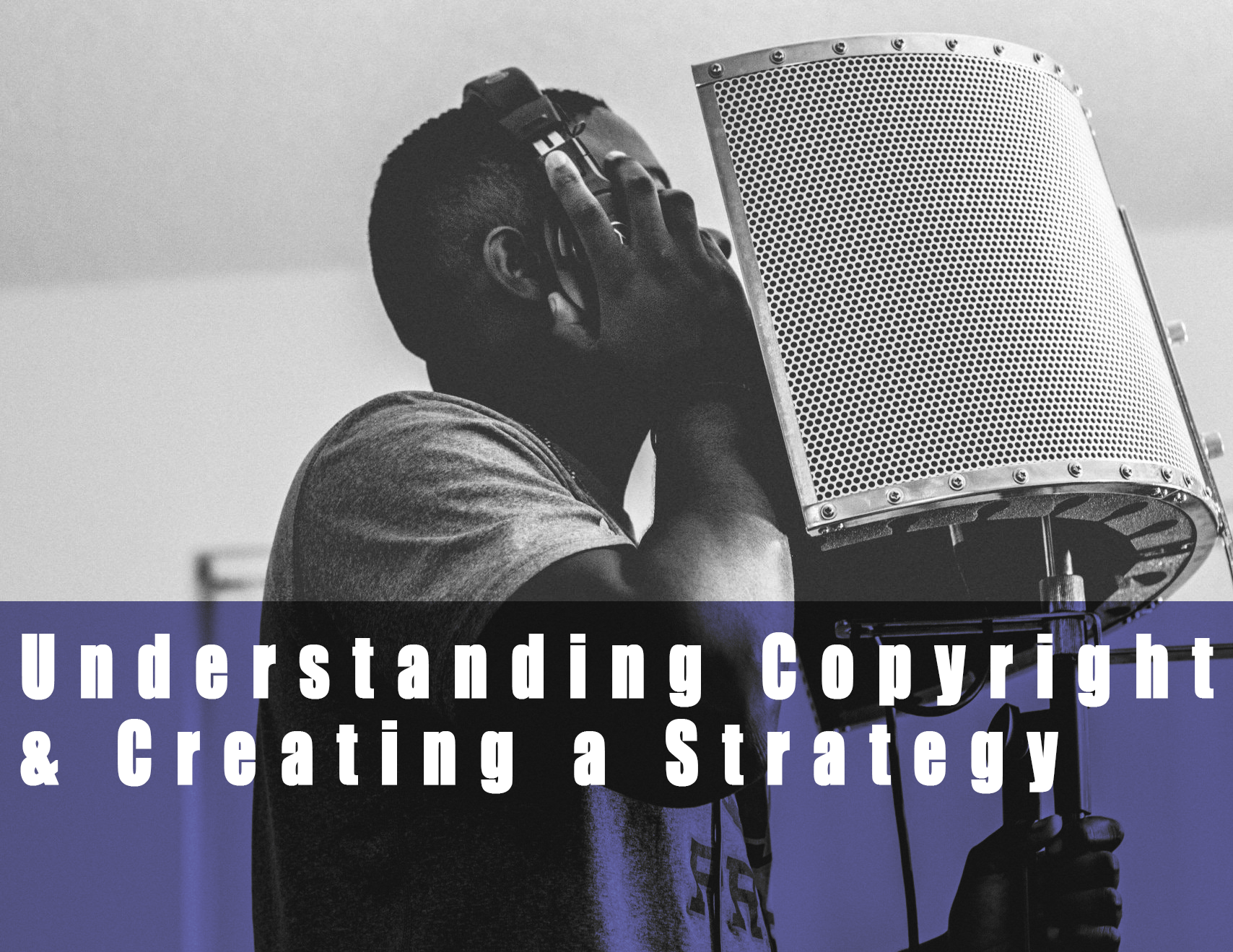What is Search Engine Optimization? How can one actually get higher rankings with Google and Alexa? How can one easily optimize pages for search engine spidering?
After completing your website, the first thing to do is to validate the HTML. Use a program such as Tidy (Firefox plugin) to tell you exactly what coding issues need to be corrected. Having perfect code ensures that search engines will correctly spider your pages (there are clear penalties for pages that cannot be validated). This is the foundation of search engine optimization. Not coding by hand and using a platform like WordPress like most of the world? Oh Great!!! Keep reading!
Here’s the quickie SEO lesson
1) Meta-tags, Dublin Core, HTML validation:
Make sure to have correctly formatted meta tags. For images, use alt tags that pertain to your service or product. And take the extra steps to be a nerd by adding Dublin Core meta-tags to your pages. Of course, at the end of the day — make sure to use TIDY to see if your code validates. If you’re lazy, download WordPress or just let one of the pro’s do the work for you.
Here’s a smart meta tag practice to think about. If your content lives in a database, there are ways to dynamically generate keywords and synopsis for your meta tags. Of course, some of this will not vary from page to page; however, that just calls for a database table for site-wide keywords and meta-tags.
2) Automated Search Engine Submission:
Download WebCEO and use it! Use this buggy software because it’s free and because it’ll tell you how you should better code your pages. If you really get excited, you can buy a couple of cheap PC’s and have them run 24/7 just submitting your sites to search engines.
3) Content!
People search for terms and spiders index content that have a particularly interesting percentage of these terms. So what is your site about? What terms do people search for that actually pertain to your product or service? What kind of educational information can you offer to your clientele? If you don’t have a wealth of good content with lots of juicy search terms, then this effort is just an exercise. Go ahead — use those years of English study and write an article or two.
If you’re feeling incredibly creative, you may want to create an online tool that is beneficial to your industry. This online tool could actually be a resource to your network of associates and competitors alike. The strength of this type of tool is worth double it’s weight in marketing dollars – because it’s useful content!
Here’s an example. I helped to launch a multi-media group whose main product was a television network. We had a competitor or two. The target audience didn’t really see the difference between the iaTV and our competitors on the television; however, we created a clear difference with local and regional community involvement. We opened a movie theater in NYC and started a national online eNewsletter.
4) Links
Links — Well if your content is that important, then someone must be linking to it. Once again, that educational informational article can come in handy. Shop it around to a newsletter or two and see if they’ll circulate it. Even better, start a blog and see if people just stumble upon it and find it interesting. By the way, for no reason at all — link strength is lessening and blog strength is on the rise. So you may consider creating a blog on Blogger and linking from there to your sites.
5) Curlie
Get on it. Submit your site by hand. Be very careful and strategic about how you submit. Inclusion in Curlie (DMOZ successor) will put you on the map.
If you’re feeling incredibly creative, you may want to create an online tool that is beneficial to your industry. This online tool could actually be a resource to your network of associates and competitors alike. The strength of this type of tool is worth double it’s weight in marketing dollars.
Here’s an example. I worked for an ethnic television network. We have a competitor or two. Our community doesn’t really see the difference between us and our competitors on the television; however, the difference is clear when the community sees our community involvement locally and regionally — Online.
Example 2… MusicMakers.io. We are an online music community — professional development, reviews, etc. etc. Recently, we just kicked off an online music collaboration platform: MixLuv — totally focused on the Arts and Culture. It’s both a promotional vehicle for the musical community and it’s a great way for our sites to get residual traffic and links.
6) Wikipedia
Believe it or not, you need a Wikipedia page. The challenge is that Wikipedia is really not a marketing vehicle. Wikipedia is an online encyclopedia. You’ll need to create a fact-based article to submit and you should clearly show how your company is unique and has positively affected the industry.
We worked with an artist named Internal Quest who recently was able to add his bio to Wikipedia. He made internal Wikipedia links to other artists who he has worked with such as El Da Sensei and Sadat X.
7) Google Analytics
Google Analytics is basically a must-have. Google Analytics is used by 56.0% of the top 10,000 websites and has a market share of 81.4%, which makes it the most widely used website statistics tool. Nowadays still more and more people are embedding Google Analytics into their websites as a way to measure traffic and gain insights into how visitors use their websites. Having a good knowledge of how to utilize Google Analytics can help website operators know more about their users’ predilection, improve user experience and achieve other objectives as well.
How are users finding the website? Google searches? MySpace? Twitter? Facebook? Google Analytics is how you’ll answer that question and more


